Wine Score
94 points James Suckling
Very aromatic and fresh with lovely brightness and perfume. Medium to full body, fine and silky tannins and a bright finish. Ultra-fine and balanced Monbousquet. Better after 2020 but already very pretty
93 points Wine Spectator
Not shy, with hefty fig paste and blackberry pâte de fruit notes backed by a rumble of bramble, ganache and licorice snap. Underneath roils a base layer of tobacco and graphite that should slowly surface with time. May have pushed the extraction envelope ever so slightly, but this keeps it together in the end. Best from 2022 through 2032.
92 points Wine Enthusiast
A superripe structured wine that has serious tannins and a smoky dark character. Right now, the tannins dominate the otherwise fruity wine, but with some time it will soften and balance out. Drink this powerful wine from 2024.
90 points Robert Parker’s Wine Advocate
The 2014 Monbousquet offers a rather broody nose at first, opening gradually with black rather than red fruit, retaining that subtle cedar-like note that I remarked upon out of barrel. The palate is medium-bodied with supple tannin, quite compact and perhaps just missing some of the “flow” and depth I have found on better vintages of Monbousquet. It may endure a sultry period before opening up, so I would not broach this for three or four years before opening.
Grape Variety
 A Bordeaux Blend, at its most basic, is any combination of those grape varieties typically used to make the red wines of Bordeaux. The phrase, which seems to have originated with British wine merchants in the 19th Century, relates as much to wines made from the blend as to the grape variety combination itself.
A Bordeaux Blend, at its most basic, is any combination of those grape varieties typically used to make the red wines of Bordeaux. The phrase, which seems to have originated with British wine merchants in the 19th Century, relates as much to wines made from the blend as to the grape variety combination itself.
Red Bordeaux Blends are known for their powerful structure and deep flavors. Dark fruits and berries such as plum and blackcurrant are commonly used to describe the flavors of red Bordeaux, although there is an unlimited range of terms that have been ascribed to them. Tannins tend to be relatively high in these wines, giving them a firm structure.
St.Emilion
St.Emilion is an appellation d’origine contrôlée (AOC) for wine in the Bordeaux wine region of France, where it is situated in the Libourne subregion on the right bank of the Dordogne. Saint-Émilion is registered as a World Heritage Site by UNESCO, the United Nations Educational, Scientific and Cultural Organization.
The wines of Saint-Émilion are typically blended from different grape varieties, the three main ones being Merlot (60% of the blend), Cabernet Franc (nearly 30%) and Cabernet Sauvignon (around 10%).

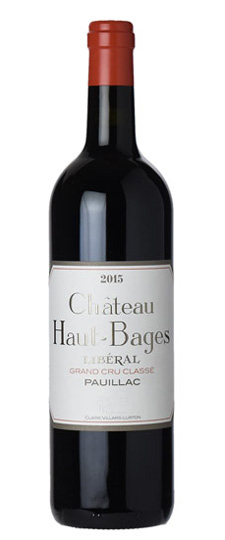
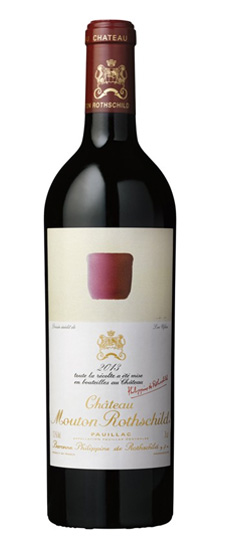
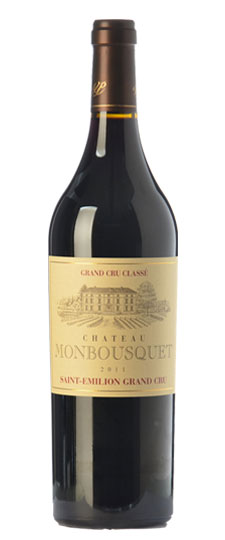
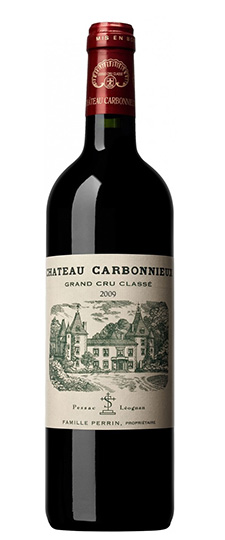
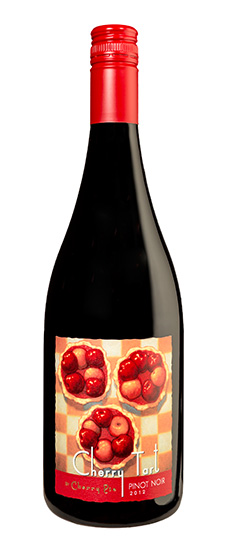
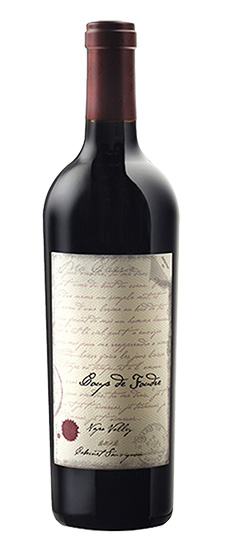
![Amuse Bouche, Napa Valley [Merlot/Cabernet Franc] 2010](https://www.wineyou.com/wp-content/uploads/2017/06/Amuse-Bouche-Napa-Valley-Merlot-Cabernet-Franc-2010.jpg)